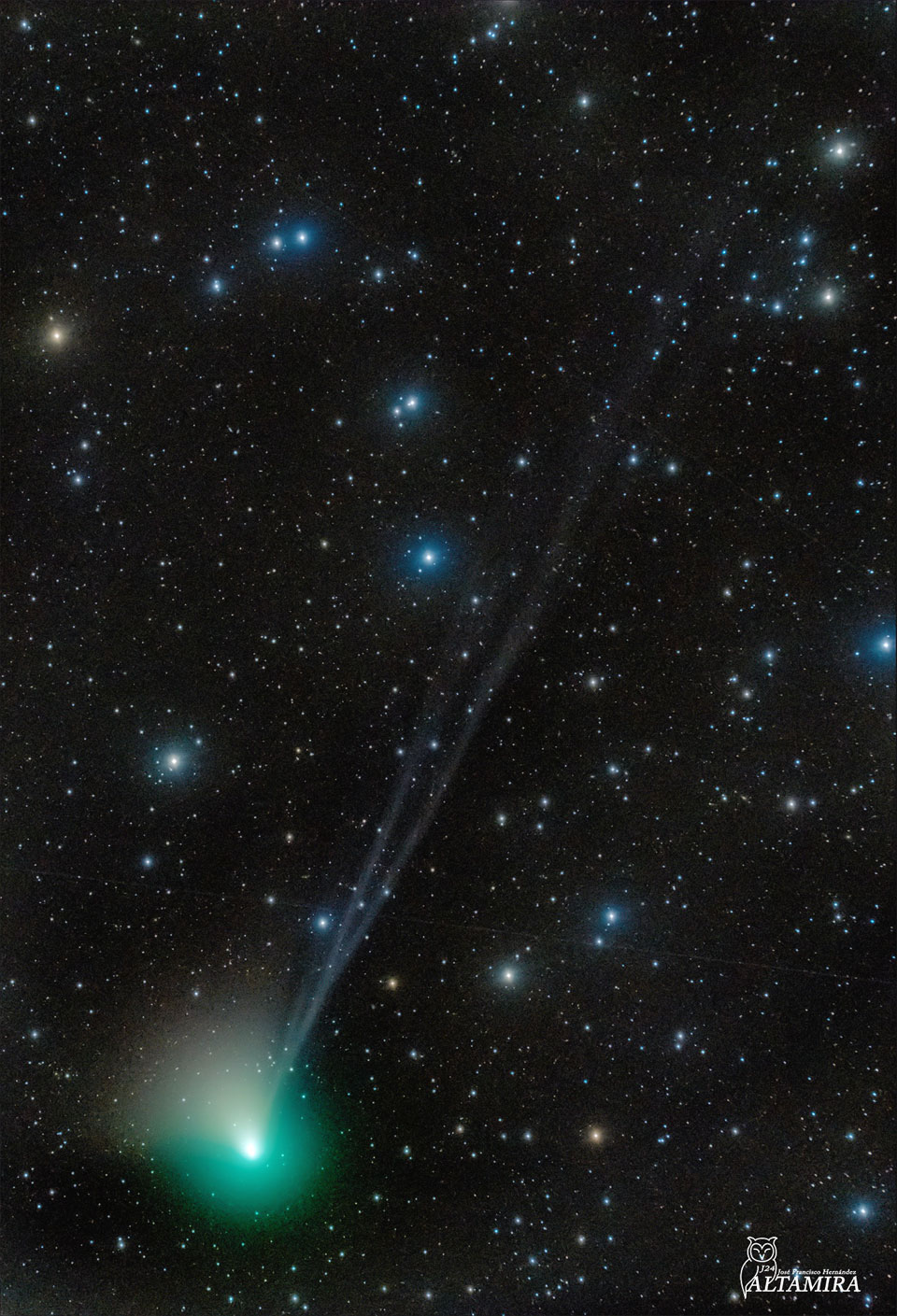Space stuff (NASA, UKSA, CSA, ESA, etc)
- Thread starter strawman
- Start date
More options
Export threadHey let's not forget about MICROSCOPE, conducting (and confirming!) the most precise recreation of Galileo's Pisa drop in all of recorded history.

 www.space.com
www.space.com
--Patrick

Einstein's theory of general relativity just passed its most rigorous test yet
The MICROSCOPE mission tested the weak equivalence principle with free-falling objects in a satellite.
--Patrick
Neat! I had missed that one.Hey let's not forget about MICROSCOPE, conducting (and confirming!) the most precise recreation of Galileo's Pisa drop in all of recorded history.

Einstein's theory of general relativity just passed its most rigorous test yet
The MICROSCOPE mission tested the weak equivalence principle with free-falling objects in a satellite.www.space.com
--Patrick
Countdown to impact as NASA’s Double Asteroid Redirection Test (DART) attempts humanity’s first-ever test of planetary defense! The DART spacecraft will intentionally crash into asteroid Dimorphos at 7:14 p.m. ET on Monday, September 26, 2022 to see if kinetic force can change its orbit.
NASA and SpaceX will study the potential use of a commercial Dragon crew spacecraft to reboost and service the Hubble Space Telescope, a 32-year-old observatory last upgraded by a space shuttle in 2009, officials announced Thursday. (SpaceflightNow)
In today's unexpected news, the Ripley's Believe it or Not attraction in Orlando has put on display (and is showing clips from) long lost NASA tapes that show the truth of the Apollo 11 mission. The exhibit reveals that in July of 1969, the Apollo 11 astronauts landed on and walked upon the moon. The more than two hours of footage features Neil Armstrong’s famous “one giant leap for mankind” moment, a lunar gravity demonstration by Buzz Aldrin, and the moment Armstrong and Aldrin planted an American flag on the moon. According to Ripley's, the tapes are considered the last surviving first-generation recordings of the historic event. (SpectrumNews)
The Artemis era appears to be at hand. After 12 years of anticipation, two scrubs, and two hurricanes, NASA’s 322-foot-tall (98-meter) SLS rocket is finally ready to take flight. You can watch the action live right here.
Blast-off is scheduled for 1:04 a.m. (all times Eastern) on Wednesday, November 16, with the launch window ending two hours later. NASA’s coverage is scheduled to begin at 10:30 p.m. today, and it will be available at NASA TV, NASA’s YouTube channel, and at the live stream below. (Gizmodo)
Blast-off is scheduled for 1:04 a.m. (all times Eastern) on Wednesday, November 16, with the launch window ending two hours later. NASA’s coverage is scheduled to begin at 10:30 p.m. today, and it will be available at NASA TV, NASA’s YouTube channel, and at the live stream below. (Gizmodo)
To the ... low Earth orbit?
Not ever launch can be a moonshot.
Today's space station cargo resupply mission:

Not ever launch can be a moonshot.
Today's space station cargo resupply mission:
Attachments
-
59.5 KB Views: 107
This month, skygazers will be treated to a once-in-a-civilization sight: a green comet named C/2022 E3 (ZTF) approaching Earth.
On Feb. 2, the comet will only be about 26 million miles from Earth. This is the closest it has passed since the Upper Paleolithic era, an epoch of human history when Homo sapiens are believed to have left Africa and settled in Asia and Europe.
According to NASA, predicting the brightness of a comet is difficult. NASA said that if it continues to brighten, it should be visible with the naked eye. It’ll also be bright green.
NASA said that in the Northern Hemisphere, the comet will be visible in the mornings toward the northwest. In February, it will move below the horizon and become visible in the Southern Hemisphere.(WREG)
On Feb. 2, the comet will only be about 26 million miles from Earth. This is the closest it has passed since the Upper Paleolithic era, an epoch of human history when Homo sapiens are believed to have left Africa and settled in Asia and Europe.
According to NASA, predicting the brightness of a comet is difficult. NASA said that if it continues to brighten, it should be visible with the naked eye. It’ll also be bright green.
NASA said that in the Northern Hemisphere, the comet will be visible in the mornings toward the northwest. In February, it will move below the horizon and become visible in the Southern Hemisphere.(WREG)
Probably just coming back for a follow-up check to make sure those pesky dinosaurs have not returned.This month, skygazers will be treated to a once-in-a-civilization sight: a green comet named C/2022 E3 (ZTF) approaching Earth.
On Feb. 2, the comet will only be about 26 million miles from Earth. This is the closest it has passed since the Upper Paleolithic era, an epoch of human history when Homo sapiens are believed to have left Africa and settled in Asia and Europe.
—Patrick
Courtesy of the NASA Astronomy Picture of the DayThis month, skygazers will be treated to a once-in-a-civilization sight: a green comet named C/2022 E3 (ZTF) approaching Earth.
On Feb. 2, the comet will only be about 26 million miles from Earth. This is the closest it has passed since the Upper Paleolithic era, an epoch of human history when Homo sapiens are believed to have left Africa and settled in Asia and Europe.
According to NASA, predicting the brightness of a comet is difficult. NASA said that if it continues to brighten, it should be visible with the naked eye. It’ll also be bright green.
NASA said that in the Northern Hemisphere, the comet will be visible in the mornings toward the northwest. In February, it will move below the horizon and become visible in the Southern Hemisphere.(WREG)

Aaaand Mamixum Overdrive in 3..... 2.... 1....
Watch Four Planets Spin Around a Star 130 Million Light-Years Away
The star, known as HR8799, was the first extrasolar planetary system to ever be directly imaged. Recently, Jason Wang, an astrophysics professor at Northwestern University, used over a decade’s worth of observations of the system to create a five-second animation that depicts the motion of four large planets orbiting the star. Wang and his colleagues collected the 12 years of data using the Keck Observatory in Hawaii. (Gizmodo)
The star, known as HR8799, was the first extrasolar planetary system to ever be directly imaged. Recently, Jason Wang, an astrophysics professor at Northwestern University, used over a decade’s worth of observations of the system to create a five-second animation that depicts the motion of four large planets orbiting the star. Wang and his colleagues collected the 12 years of data using the Keck Observatory in Hawaii. (Gizmodo)
There is no reaction to give this justice. It is truly astonishing!!!Watch Four Planets Spin Around a Star 130 Million Light-Years Away
The star, known as HR8799, was the first extrasolar planetary system to ever be directly imaged. Recently, Jason Wang, an astrophysics professor at Northwestern University, used over a decade’s worth of observations of the system to create a five-second animation that depicts the motion of four large planets orbiting the star. Wang and his colleagues collected the 12 years of data using the Keck Observatory in Hawaii. (Gizmodo)








